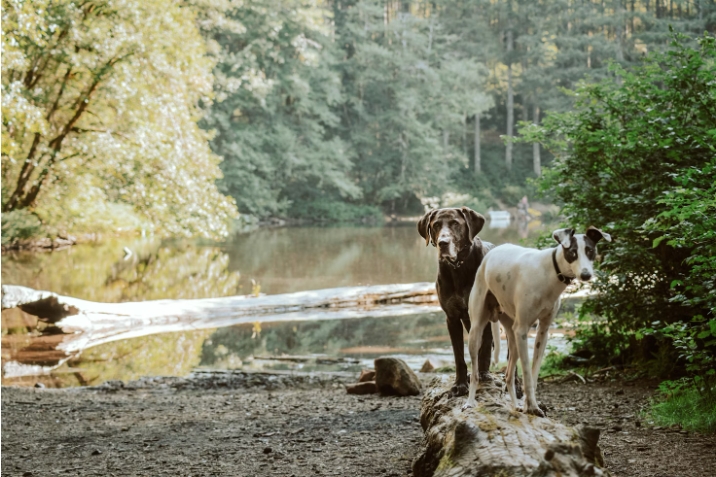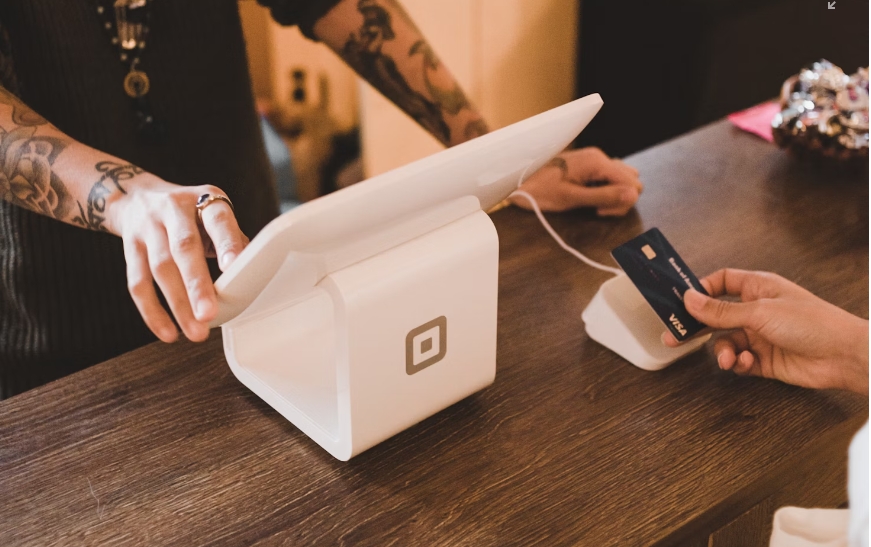Fleas are more than just a nuisance; they can cause serious discomfort and health issues for our furry friends. If you’re seeking reliable, practical methods to help your dog get rid of these pesky parasites, I’m here to share some tips that have worked for me in caring for my own pets.
Why Fleas Are a Serious Problem
Fleas aren’t just an itchy inconvenience. They can cause skin issues, allergic reactions, and even spread diseases. According to the American Pet Products Association, about 40% of dogs will experience flea infestations during their lives, which can lead to conditions like allergic dermatitis, hair loss, and skin infections. In severe cases, flea infestations can even lead to anemia, especially in small or young dogs.
Here are some of the common issues caused by fleas:
| Problem | Description |
|---|---|
| Itching and Dermatitis | Flea bites cause intense itching and can trigger allergic reactions. Some dogs may develop rashes or skin inflammation. |
| Hair Loss | Excessive scratching can lead to bald spots and even infected skin. |
| Disease Transmission | Fleas can carry parasites, like tapeworms, which can infect dogs. |
| Anemia | Severe infestations can cause anemia, leading to weakness and pale gums. |
I remember my dog constantly scratching and struggling with inflamed skin due to flea bites. Watching him go through so much discomfort drove me to find solutions fast.
How to Check Your Dog for Fleas
If you suspect your dog has fleas, checking early can help you act before the infestation worsens. Here are some simple steps for a thorough flea inspection:
- Use a Flea Comb: Comb through your dog’s fur, especially around the ears, belly, and tail. Fleas often hide in these warm spots.
- Look for Flea Dirt: Flea droppings resemble black specks. If you wipe them with a wet paper towel, they’ll turn red due to the dried blood.
- Check for Flea Eggs: Flea eggs are tiny, white grains that can stick to your dog’s fur or bedding.
If you spot these signs, it’s likely your dog has fleas. Don’t worry—we’ll discuss some effective ways to handle it.
How to Treat Fleas: Natural and Chemical Options
1. Natural Remedies
If you prefer a gentler approach, natural flea remedies can be surprisingly effective:
- Coconut Oil: The lauric acid in coconut oil can kill fleas. Apply it directly to your dog’s fur and massage it in.
- Apple Cider Vinegar: Diluted apple cider vinegar can repel fleas by altering the pH balance of your dog’s skin. Use it as a spray, but avoid direct application to sensitive skin.
- Essential Oils: Oils like lavender, peppermint, and rosemary naturally repel fleas. Dilute them in water or carrier oil before applying to avoid toxicity.
Personal Tip: I’ve found that combining a bit of coconut oil with diluted essential oils works wonders. It’s a safe, natural way to protect my dog and keep his coat healthy.
2. Chemical Treatments
When natural methods aren’t enough, chemical treatments can offer quicker relief. Here are some common options:
- Topical Treatments: Spot-on treatments like Frontline or Advantage are applied to the neck or back. They’re effective for about a month.
- Oral Treatments: Pills like Capstar or Nexgard are fast-acting and can kill fleas within hours. They require a prescription and vary in duration.
- Flea Collars: Some flea collars, like Seresto, can provide protection for up to 8 months.
- Flea Shampoos: If the infestation is mild, a flea shampoo can be an immediate solution. It’s usually effective for a few days.
| Method | Duration of Effectiveness | Frequency |
|---|---|---|
| Topical Treatments | 1 month | Monthly |
| Oral Treatments | 1 day to 1 month | As needed |
| Flea Collars | 8 months | Replace as needed |
| Flea Shampoos | Few days | Use as necessary |
Important Notes
Regardless of the method you choose, always follow dosage recommendations based on your dog’s weight and age. Consult your vet if you’re unsure to ensure safe and effective use.
Preventing Future Flea Infestations
Maintaining a clean environment is key to preventing fleas from making a comeback. Here are some preventive tips:
- Regular Vacuuming: Frequent vacuuming is essential to remove flea eggs and larvae, especially in areas where your dog spends time.
- Hot Water Washes: Wash your dog’s bedding and toys in hot water at least once a week to kill fleas and eggs.
- Yard Maintenance: Mowing your lawn and trimming bushes can reduce flea habitats, making your yard less appealing to fleas.
| Prevention Tip | Frequency |
|---|---|
| Vacuuming | Weekly |
| Washing Bedding | Weekly |
| Yard Maintenance | Monthly |
After adopting these measures, I noticed a significant improvement. By cleaning my dog’s space regularly and keeping up with preventive treatments, we haven’t had to worry about fleas again.
If your dog is dealing with fleas, I hope these methods can help bring you both some relief. Remember, consistent cleaning and preventive care are your best tools to keep fleas away and maintain a happy, healthy dog!





